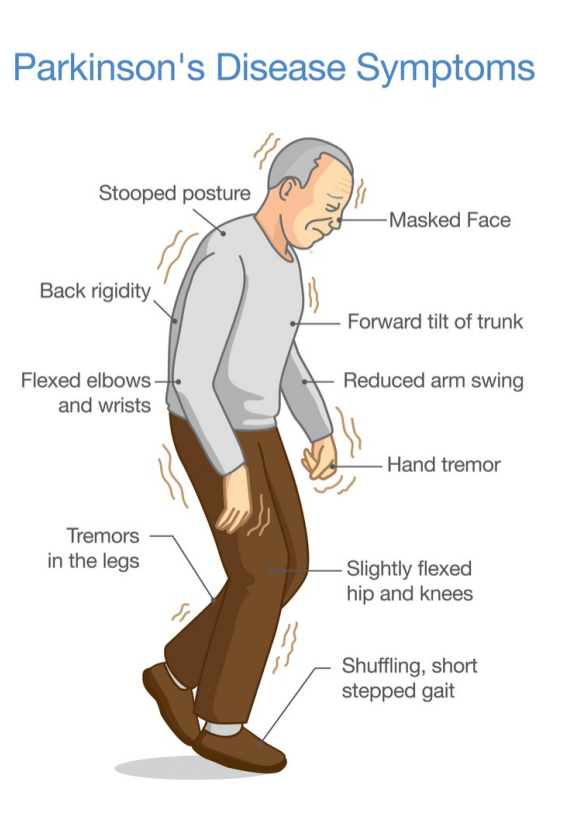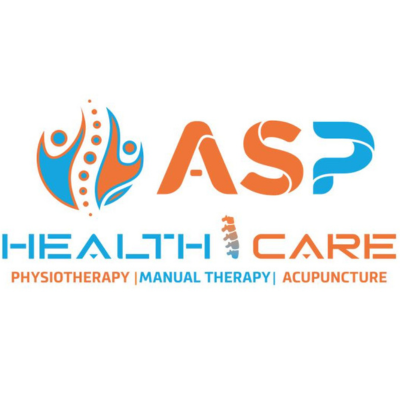+918042757363

This is your website preview.
Currently it only shows your basic business info. Start adding relevant business details such as description, images and products or services to gain your customers attention by using Boost 360 android app / iOS App / web portal.
What is Parkinson’s disease? Parkinson’s disease ...

What is Parkinson’s disease? Parkinson’s disease is a condition where a part of your brain deteriorates, causing more severe symptoms over time. While this condition is best known for how it affects muscle control, balance and movement, it can also cause a wide range of other effects on your senses, thinking ability, mental health and more. Symptoms and Causes What are the symptoms? The best-known symptoms of Parkinson’s disease involve loss of muscle control. However, experts now know that muscle control-related issues aren’t the only possible symptoms of Parkinson’s disease. Motor-related symptoms Motor symptoms — which means movement-related symptoms — of Parkinson’s disease include the following: Slowed movements (bradykinesia). A Parkinson’s disease diagnosis requires that you have this symptom. People who have this describe it as muscle weakness, but it happens because of muscle control problems, and there’s no actual loss of strength. Tremor while muscles are at rest. This is a rhythmic shaking of muscles even when you’re not using them and happens in about 80% of Parkinson’s disease cases. Resting tremors are different from essential tremors, which don’t usually happen when muscles are at rest. Rigidity or stiffness. Lead-pipe rigidity and cogwheel stiffness are common symptoms of Parkinson’s disease. Lead-pipe rigidity is a constant, unchanging stiffness when moving a body part. Cogwheel stiffness happens when you combine tremor and lead-pipe rigidity. It gets its name because of the jerky, stop-and-go appearance of the movements (think of it as the second hand on a mechanical clock). Unstable posture or walking gait. The slowed movements and stiffness of Parkinson’s disease cause a hunched over or stooped stance. This usually appears as the disease gets worse. It’s visible when a person walks because they’ll use shorter, shuffling strides and move their arms less. Turning while walking may take several steps. Additional motor symptoms can include: Blinking less often than usual. This is also a symptom of reduced control of facial muscles. Cramped or small handwriting. Known as micrographia, this happens because of muscle control problems. Drooling. Another symptom that happens because of loss of facial muscle control. Mask-like facial expression. Known as hypomimia, this means facial expressions change very little or not at all. Trouble swallowing (dysphagia). This happens with reduced throat muscle control. It increases the risk of problems like pneumonia or choking. Unusually soft speaking voice (hypophonia). This happens because of reduced muscle control in the throat and chest. We ASP Healthcare is one of the best physiotherapy and rehabilitation centre in chennai. #www.asphealthcare.in #handpain #wristpain #rehabcentre #bestphysio #bestchiropractic #bestacupuncture #osteopathic #ambattur #avadi #thirumullaivoyal #mugppair #annanagar #kallikuppam #9941424372 #8072603014

